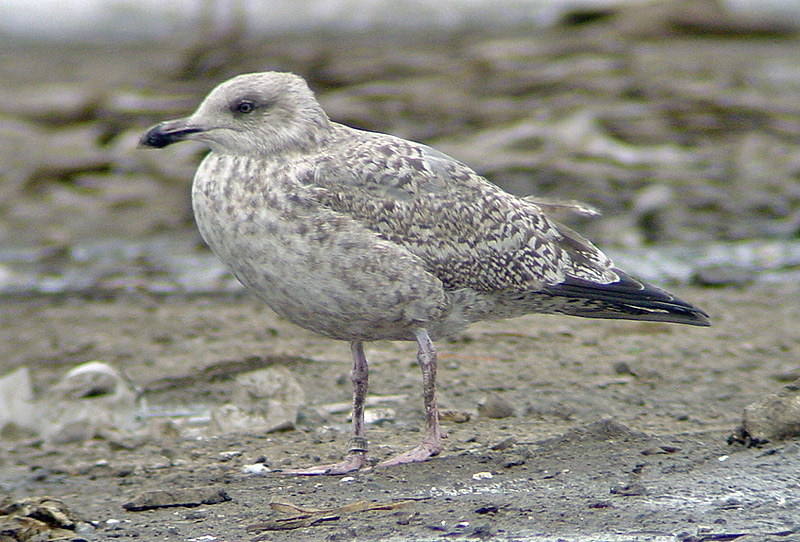 Herring Gull- Zilvermeeuw (argentatus & argenteus)
Herring Gull- Zilvermeeuw (argentatus & argenteus)
(last update:
Herring Gull plumages:
hg 1cy July
hg 1cy August
hg 1cy September
hg 1cy October
hg 1cy November
hg 1cy December
hg 2cy January
hg 2cy February
hg 2cy March
hg 2cy April
hg 2cy May
hg 2cy June
hg 2cy July
hg 2cy August
hg 2cy September
hg 2cy October
hg 2cy November
hg 2cy December
hg 3cy January
hg 3cy February
hg 3cy March
hg 3cy April
hg 3cy May
hg 3cy June
hg 3cy July
hg 3cy August
hg 3cy September
hg 3cy October
hg 3cy November
hg 3cy December
hg sub-ad January
hg sub-ad February
hg sub-ad March
hg sub-ad April
hg sub-ad May
hg sub-ad June
hg sub-ad July
hg sub-ad August
hg sub-ad September
hg sub-ad October
hg sub-ad November
hg sub-ad December
hg ad January
hg ad February
hg ad March
hg ad April
hg ad May
hg ad June
hg ad July
hg ad August
hg ad September
hg ad October
hg ad November
hg ad December
|
Herring Gull H - 117779 2cy (argenteus), October 24 2002, Boulogne-sur-Mer, France (50.43N-01.37E). A 2cy argenteus, ring number Bruxelles H
- 117779, ringed as pullus on July 20 2001 at Zeebrugge (51.20N
03.11E). From early April, the inner primaries
were shed
and new second generation primaries grown in. On average, the last juvenile primary (P10)
was shed in the first week of August. The majority of argenteus
complete the primary moult by the first week of October, when the new second
generation P10 will be fully grown. The new primaries are dark with a tiny pale tip on
the fresh flight-feathers. The four inner primaries show an extensive
pale window, as both inner and outer-web are pale greyish white-brown,
contrasting with the outer-wing. A pale inner-web can still be found in P7. This Belgian 2cy argenteus is illustrative for argenteus which started the partial moult: tertial #1 is replaced. All wing-coverts are old second generation feathers, except lower lesser coverts #3-4. The fresh lower upper scapulars have a grey base.
|
